I’m preparing for a trip to New Jersey. I’m going to be coaching an executive on Presentation Skills. I taught Introduction to Speech Communication at Oklahoma State University many moons ago. I enjoyed the experience and learned a lot about the deep fear that most students have concerning giving presentations. The fear of public speaking is the number one fear among people. The fear of death is number 3.
I’m putting together my plan and in doing so, I was reviewing some information on the Presentation Secrets of Steve Jobs.
One of the principles is:
Develop a Messianic Sense of Purpose

Do you want to spend the rest of your life selling sugared water, cure or do you want to change the world?
Steve Jobs once said, “You’ve got to find what you love. Going to bed at night saying I’ve done something wonderful. That’s what matters.”
Steve was trying to recruit Sculley to join Apple. Sculley was reluctant and was working for Pepsi. Steve asked John, “Do you want to spend the rest of your life selling sugared water or do you want a chance to change the world?”
Steve also was a believer in the rule of 3. One of his most meaningful presentations was put together like a 3 act play. There were 3 musketeers not 4. There were 3 stooges. There were 3 little pigs. Something is powerful about 3.
Steve was also a fan of introducing the antagonist.
In 1984, Steve Jobs introduced the Macintosh. At the time, Big Blue (IBM) represented the villain. In this long lost video, the new Macintosh speaks in rustic 1984 computer language and says about IBM, “never trust a computer that you can’t lift”.
Steve Jobs uses visual images and demonstrations to make important points. It makes a much bigger impact than bullet points and statistics. It speaks from the heart and touches the emotions,. He translated the 5 Gig iPod into “1000 songs that will fit in your pocket”.
It seems that Steve Jobs informal style came after many hours of grueling practice. See my earlier post about Leadership Lessons from Olympians for a description of 10,000 hours of deliberate practice. For two full days before a presentation, Jobs will practice the entire presentation, asking for feedback from product managers in the room.
Jobs wasn’t born a good speaker. I believe he improved substantially as a speaker every ten years.
In 1974, Steve Jobs and his friend, Steve Wozniak would attend meetings of the Homebrew club, a computer hobbyist club in Silicon Valley. Together they started sharing their ideas and Apple was soon formed.
Then ten years later, In 1984, Jobs gave a magnificent presentation when he launched the first Macintosh. But his style was stiff compared to the Steve Jobs of today – he stood behind a lectern and read from a script. You’ll see the difference.
Fast-forward to 1997. A decade later, Jobs returned to Apple after an 11-year absence. He was more polished and more natural than in previous years. He began to create more visually engaging slides.
Ten years later, 2007, Jobs took the stage at Macworld to introduce the iPhone. It was without question his greatest presentation to date – from start to finish. He hit a home run. But he was a vastly more comfortable presenter than he was twenty years earlier. The more he presents, the better he gets.
Here is a video clip of the 2007 presentation.
Look at how far he progressed. Perhaps there is something to the 10,000 hours of deep and deliberate practice.
I’d like to end with a piece of advice that Steve Jobs offered Stanford graduates during a commencement speech in 2005. He was talking about the lessons he learned after doctors discovered that he had pancreatic cancer. “You’re time is limited so don’t waste it living someone else’s life. Don’t be trapped by dogma—which is living with the result of other people’s thinking. Don’t let the noise of others’ opinions drown out your own inner voice. Stay hungry, stay foolish.”

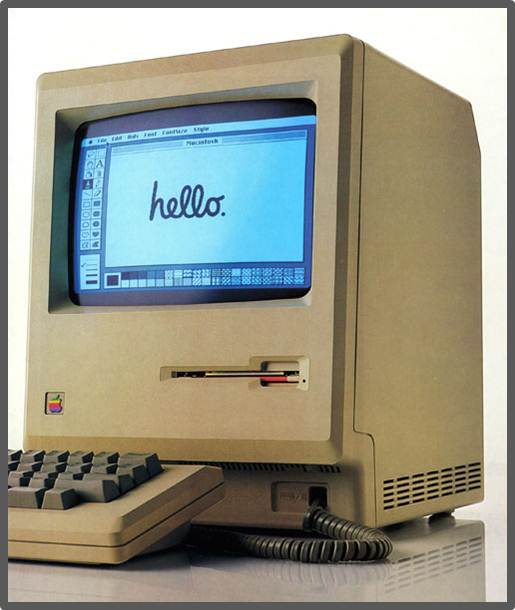
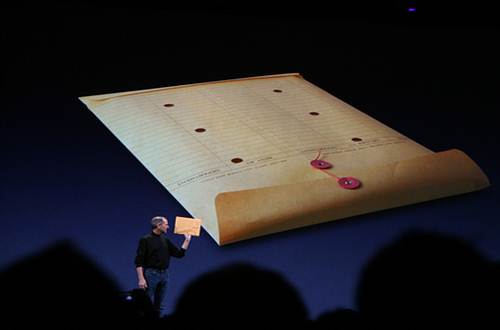
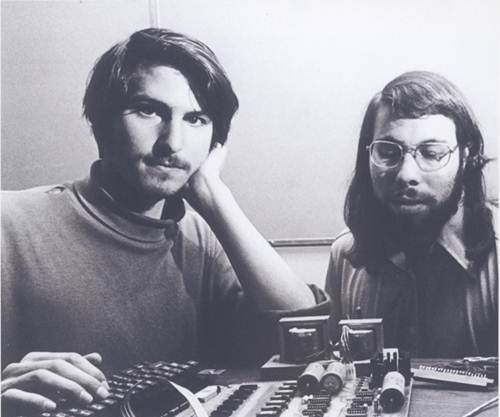
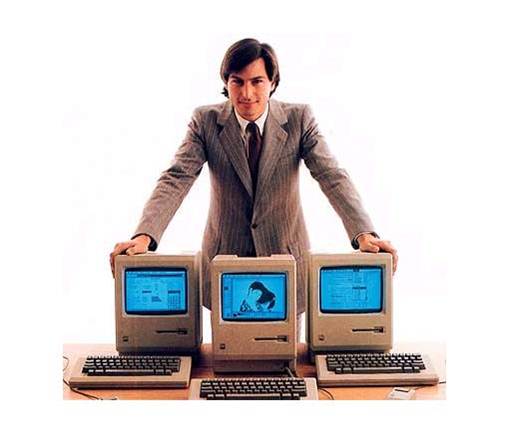
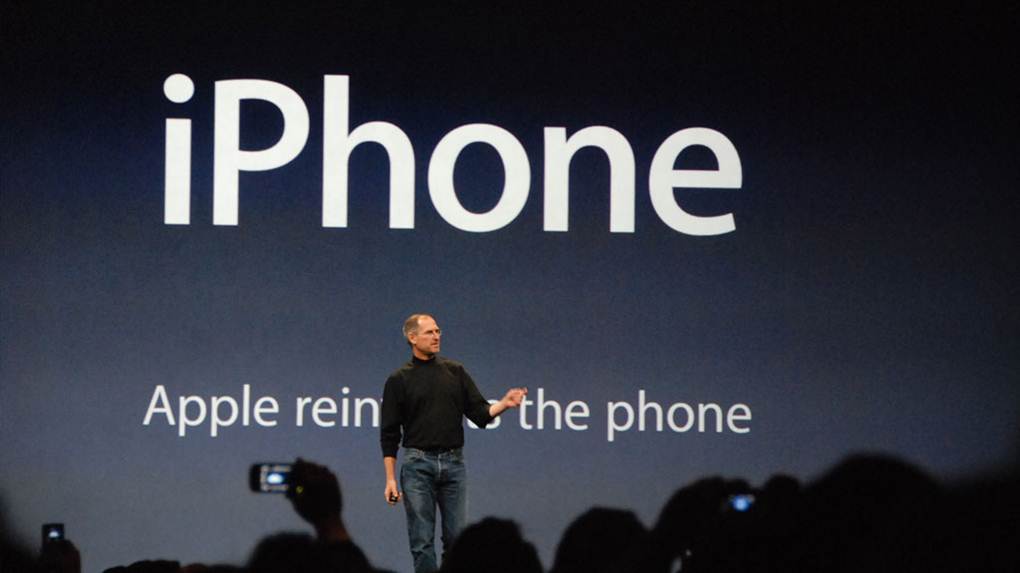


 Facebook
Facebook Twitter
Twitter Youtube
Youtube GooglePlus
GooglePlus LinkedIn
LinkedIn